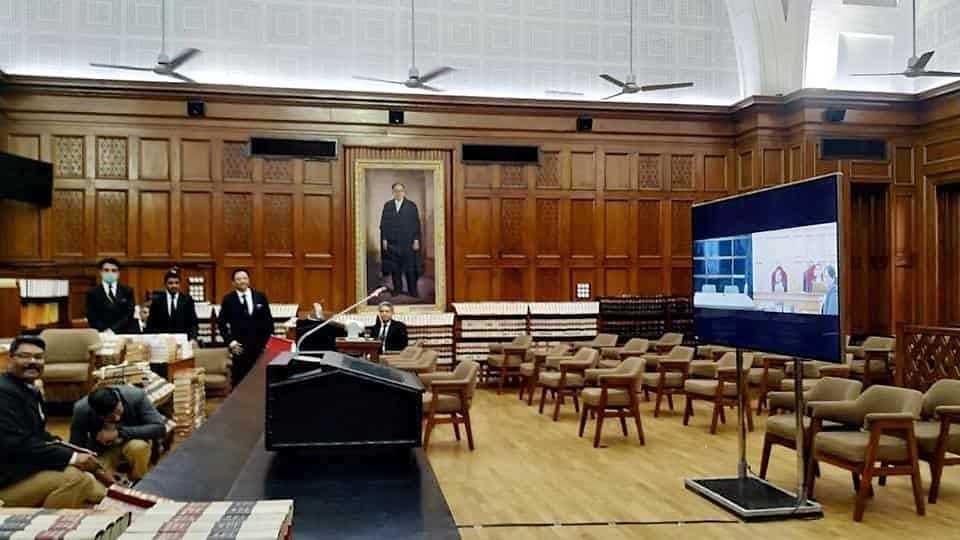In the FSCO Appeal Decision of State Farm and Sabadash (P16-00029), Director’s Delegate Evans conducts a thorough analysis of the key jurisprudence on causation in Canada of the key causation decisions: Athey v. Leonati (1996 S.C.C.), Resurfice Corp v. Hanke (2007 S.C.C.)., Clements v. Clements (2012 S.C.C.) and Monks v. ING Insurance Co. (2008 Ont. C.A.) and confirms that the “but for” test is the primary causation test for SABS litigation.
Delegate Evans set out that the “material contribution to risk” test could still be applied but only once the claimant passed the “but for” test, such that there can be no fallback to use the “material contribution” test if the claimant fails the “but for” test. As a result, the “material contribution” test only becomes relevant in the rare circumstances where an accident alone and a pre-existing condition alone could have directly caused an impairment. Similarly, the de minimis test may only play a role after the “but for” test has been answered in the affirmative.
While this decision provides some much needed clarity for decisions where causation is in dispute, it may not be the final word on the subject since the claimant in Agyapong v. Jevco has filed for Judicial Review.




